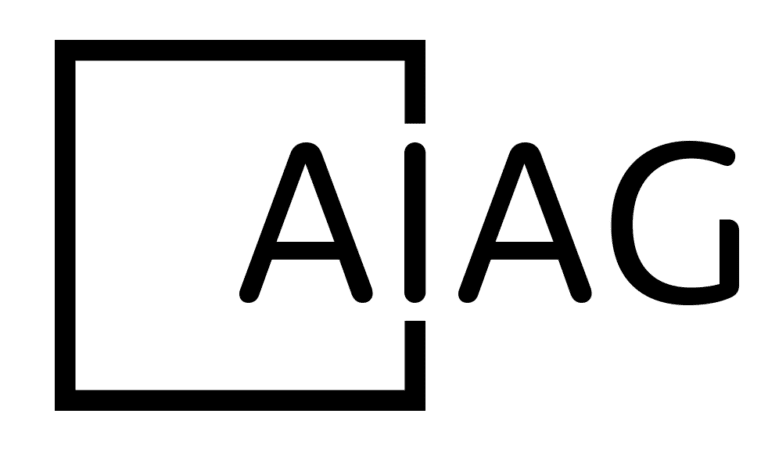The Challenge
A business line within a larger global enterprise organization was struggling with high Work In Progress (WIP) and Days Sales Outstanding (DSO) numbers. Although the company experienced healthy organic growth, achieving their overall projections required an aggressive M&A strategy, which in turn demanded an increase in cash flow. The combined WIP plus DSO was nearly 140 days, meaning it took over 4.5 months from the time work started until payment was received. The goal was to reduce this figure to under 90 days within just two months. However, this was an unrealistic timeline for such a significant transformation, especially for a division billing over $75 million annually.
The Approach
Recognizing the ambitious nature of the task, we set clear expectations with the client, agreeing that while immediate results were unlikely, substantial improvements were achievable. Our approach began with extensive discussions across operations, billing, and collections departments, each of which had a different perspective on the root causes of the high DSO and WIP figures. The leadership team understood the need for an unbiased, fact-based consultant who could navigate the complexities of the various departments, understand their unique challenges, and build trust through a collaborative approach.
The Solution
Through detailed discussions and analysis, several underlying issues were identified that hindered operational efficiency and trust within the organization. A significant challenge was that less than 10% of the workforce, outside of management, understood how the company calculated the KPIs they were tracking. Additionally, despite being a $100 million business with an ERP system in place, limitations in the purchased modules, pressure from headquarters to transition to a centralized ERP within the next 18 months, and the immediate need for a solution created significant friction across teams.
To address these challenges, I leveraged unbiased facilitation and conflict resolution strategies to rebuild trust and align the organization. By bringing together key stakeholders from multiple departments, I facilitated discussions that provided clarity on KPI calculations, uncovered operational bottlenecks, and fostered a shared understanding of the business’s priorities.
One of the most impactful outcomes was the design and implementation of a robust invoice tracking system that not only improved financial transparency but also strengthened cross-departmental collaboration by ensuring everyone had access to the same data.
Key Solutions Implemented:
- Unbiased Facilitation & Conflict Resolution: Held structured discussions that identified communication gaps, clarified KPI methodologies, and created alignment between teams, ensuring everyone was working toward the same goals.
- Invoice Tracking System: Designed and implemented a centralized platform that allowed the company to monitor invoices from draft to payment, ensuring visibility and transparency across all stages.
- Cross-Departmental Access: Provided dashboards, reports, and a unified view of financial activity to accounting, operations, and accounts receivable teams, enabling better collaboration and information sharing.
- Centralized Platform: Consolidated three departments’ activities into one platform, reducing the reliance on multiple apps and significantly decreasing email communication bottlenecks.
- Error Reduction: The new system led to a 90% reduction in errors, ensuring more accurate and reliable financial data.
- Audit Process: Integrated an automated audit process to continually monitor data accuracy and prevent recurring issues.
- Low-Code Implementation: Leveraged low-code platforms to enable rapid development and deployment, resolving major cash flow problems within six months.
This holistic approach not only improved financial operations but also built trust among employees by ensuring transparency, alignment, and clear communication—ultimately driving better decision-making and organizational efficiency.
The Outcome
The implementation of the new invoice tracking system and process improvements led to a significant reduction in DSO and WIP, bringing the total time from work initiation to payment down by over 60 days. This created approximately $20 Million in cash-flow.
Errors were reduced by over 90%, and the collaboration between departments was vastly improved through the centralized platform. Although the initial two-month goal was ambitious, the project was successfully completed in six months, achieving the desired outcome and setting the company up for further financial stability and growth as they pursued their M&A strategy.
Conclusion
This success story illustrates the importance of setting realistic expectations, understanding the root causes of complex issues, and delivering tailored solutions that address those causes effectively. By taking a collaborative, unbiased approach and leveraging low-code platforms, we were able to significantly improve the company’s cash flow and operational efficiency, enabling them to meet their strategic goals.





